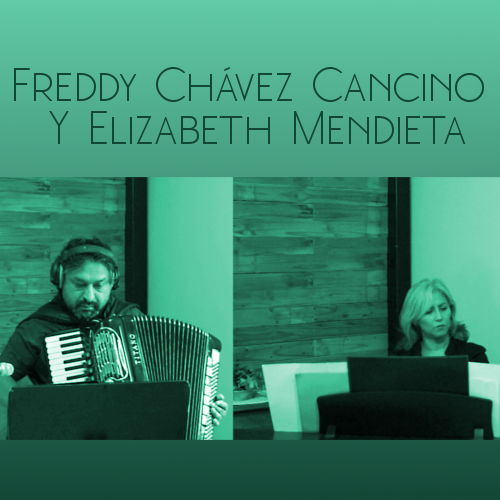The coronavirus pandemic wreaked havoc on society with much social interaction occurring over the internet. Musicians and concert organizers responded rapidly to the social distancing measures and turned the internet into their new concert hall. In collaboration with the Kama Muta Lab, and industry and artist partners across the globe, we collected survey responses from virtual concert-goers. We aimed to understand what concert and individual variables influenced the social and emotional outcomes of corona concerts.
Research Findings
The popularity of virtual concerts increased as a result of the social distancing requirements of the coronavirus pandemic. We aimed to examine how the characteristics of virtual concerts and the characteristics of the participants influenced their experiences of social connection and kama muta (often labeled “being moved”).
We hypothesized that concert liveness and the salience of the coronavirus would influence social connection and kama muta. We collected survey responses on a variety of concert and personal characteristics from 307 participants from 13 countries across 4 continents. We operationalized social connection as a combination of feelings and behaviors and kama muta was measured using the short kama muta scale.
We found that:
- Social connection and kama muta were related and predicted by empathic concern
- Live concerts produced more social connection, but not kama muta, than pre-recorded concerts
- The salience of the coronavirus during concerts predicted kama muta and this effect was completely mediated by social connection.
Exploratory analyses also examined the influence of social and physical presence, motivations for concert attendance, and predictors of donations. This research contributes to the understanding of how people can connect socially and emotionally in virtual environments.
Media coverage
- Read an article featuring the study on NRK here.
- Listen on NRK radio
- Read an article in Apollon
- Listen to a podcast on this project and other related research
- Read an article in Aftenposten
Where are the results published?
The findings of the study were published in an open access academic journal here which is featured in a special collection on the research topic Social Convergence in Times of Spatial Distancing: The Role of Music During the COVID-19 Pandemic. The data, code, and publication can also be accessed through the Open Science Framework here.
The results were also presented at international scientific conferences including the International Conference of Students of Systematic Musicology (SysMus20) and the Society for Education, Music, and Psychology conference (2020).
Related Research
The Quarantine/Corona Concerts project uncovered the concert aspects and individual characteristics that are related to enhanced feelings of connectedness and presence in the virtual concert environments. Related research with the same researchers also contributed to enhanced understanding of the social and emotional effects of virtual concerts.
Livestream Experiments
Related research by some of the same authors (Dana Swarbrick and Jonna Vuoskoski) and other collaborators at the University of Ghent (Kelsey Onderdijk and colleagues) aimed to manipulate technological mediation to influence feelings of presence and connectedness. The Livestream Experiments project found that viewing through a virtual reality headset led to greater feelings of physical presence and connectedness with the artist, and video conferencing increased feelings of social presence and connectedness to the audience. The full article can be accessed openly here and the data and analysis can be accessed on the Open Science Framework.
MusicLab Lockdown Rave
The MusicLab App was developed to measure body motion using participants' own smartphones. The application collects motion data from smartphones' accelerometer, gyroscope, and geolocation. Through a proof of concept project, performance of the application was evaluated during a virtual concert. Motion data was collected from a livestreaming audience from around the world. Survey responses probing participants' subjective experience of the concert were also collected with the app. The paper was presented at the Sound and Music Computing conference in Saint-Etienne, France and the paper and data are available at the Open Science Framework here. This project led to improvements that were implemented to enhance its performance during the MusicLab Copenhagen concert project.
Coronamusic Database
The coronamusic database catalogued the diverse practices of engagement with music during the coronavirus pandemic. Explore the data visually in this fun web application or in its spreadsheet form on the Open Science Framework.
Industry Partners
We collaborated with industry partners to recruit participants.
|
|
|---|
Artist Partners
We collaborated with an international group of artists to recruit fans from their virtual concerts.







